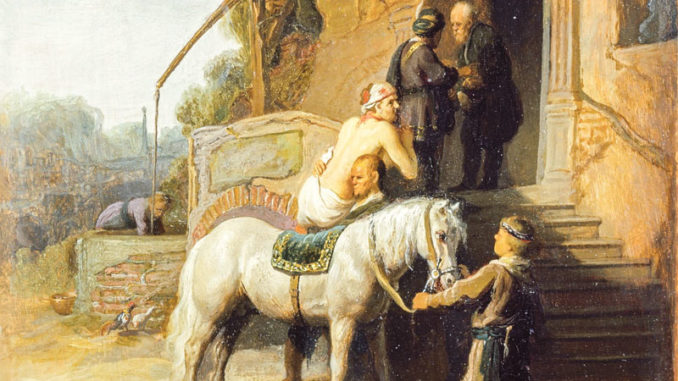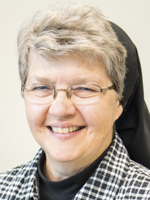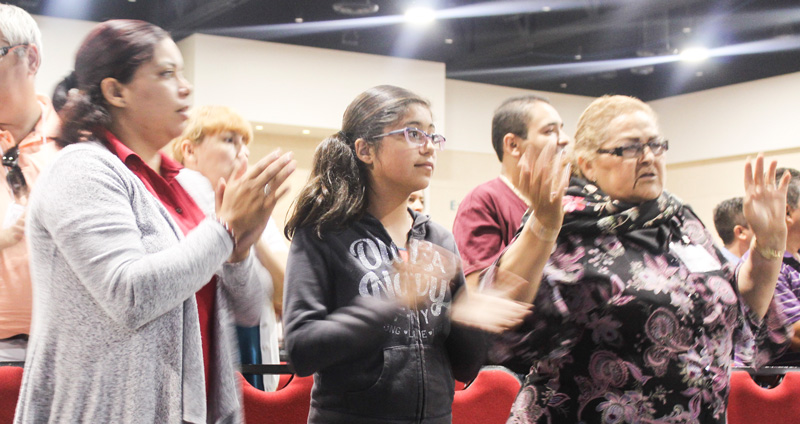
My Aunt Betty Penn had a gift for teaching geography lessons and Biblical principles in ways that were never preachy or boring. She lived for more than 50 years in Seaside Park, New Jersey, in a house that began a story above street level. Her home was a half block from the ocean and two blocks from the bay. Summers there were full of sun and sand, suppers of well-seasoned broiled fish and corn fritters, and cousins piled on bunks, couches, and surplus army cots set up on the front porch at bedtime.
One of the books on her shelves was about the Pine Barrens. We always passed through them on the way to Seaside, but we didn’t realize what the book revealed: that, way back in, people were living off the grid. The Pineys, they called them. Aunt Betty made it clear that you were to speak of them respectfully. In her house, as in ours, it was never acceptable to use derogatory terms for people of other religious, racial, or ethnic groups. So no one could call the residents of the Pines something that sounded like hillbillies. They had their own way, and she indicated that that made them very special.
She also had oodles of family photos, and every summer they came out. Among them were some of a road trip to Florida which she, another aunt, and my mom had made with my grandmother when they were very young. My great-uncle’s car was a notch above a Model T, they slept in tents and occasional roadside inns, and cooked by campfire. Among the crackling black and white photos were some of Seminoles — the original ones, not the football team. We observed that some of them wore hats resembling those of the Incas in far-off Peru. Was it possible that they were cousins?
When we trekked down to the beach, we waded, jumped waves, and collected seashells. Aunt Betty was sure to point out that, if we got in a boat and went straight across, we would end up in Spain. She said it in a way that impressed upon us the idea that the people in Spain were just as much our neighbors as were the people in Toms River, just across Barnegat Bay.
Aunt Betty’s barrier island was a sliver in a very large world. Somehow she attuned us to that world, which she always found fascinating. Life would be adventurous, even if you lived in the same house for most of your life, as long as you kept interested in people and their stories.
We imbibed from Aunt Betty the understanding that the answer to the question “Who, then, is my neighbor?” was, as Jesus pointed out, very often the stranger or the one who showed unexpected benevolence, like the Good Samaritan. We internalized St. Paul’s post-Resurrection insight that would always ring true: “There is neither Jew nor Greek, there is neither slave nor free person, there is not male and female, for you are all one in Christ Jesus.”
Best of all, we could mull over these truths at the kids’ table at lunch, eating Aunt Betty’s homemade submarine sandwiches, each of which she always equipped with a bread-crust periscope.




